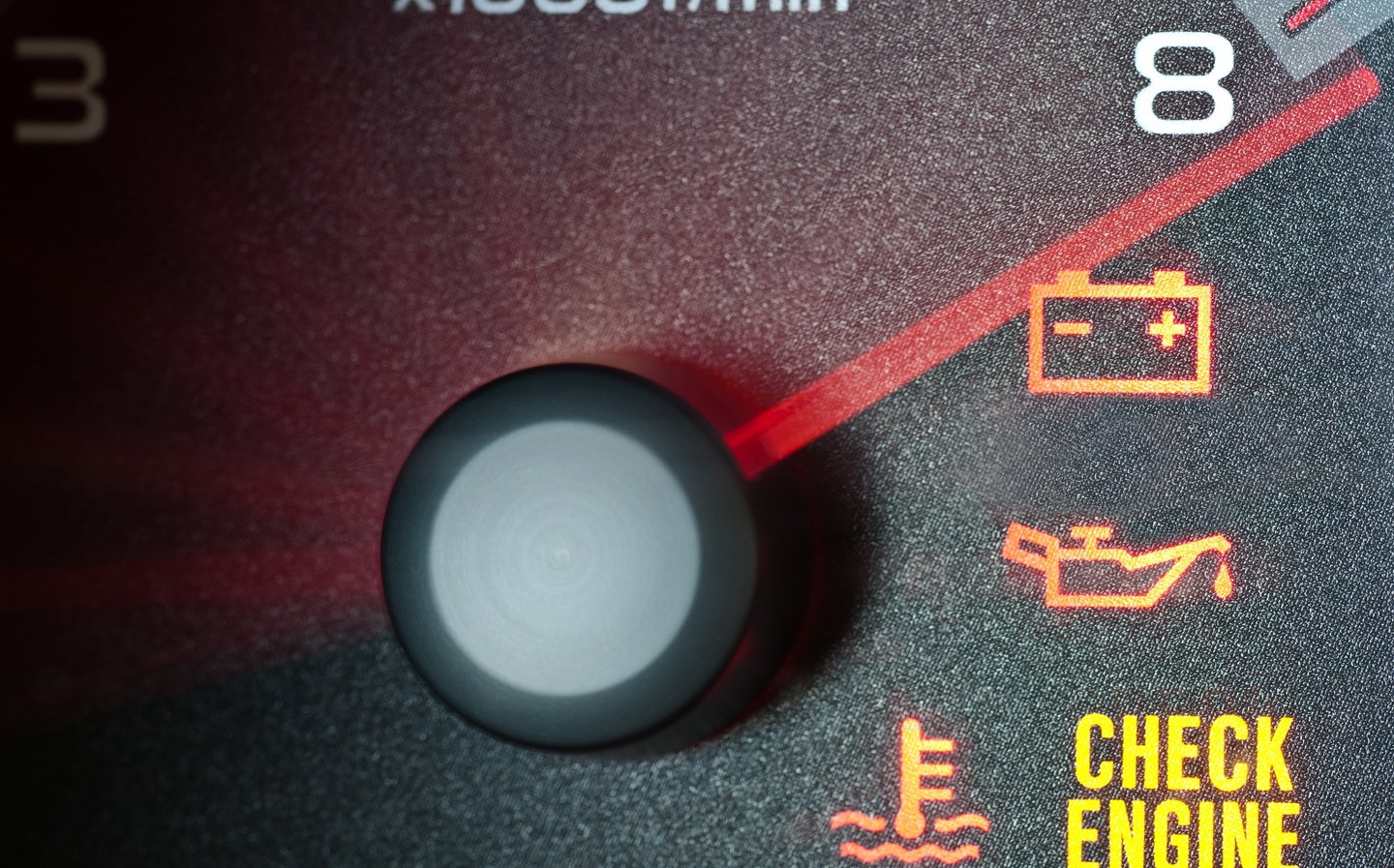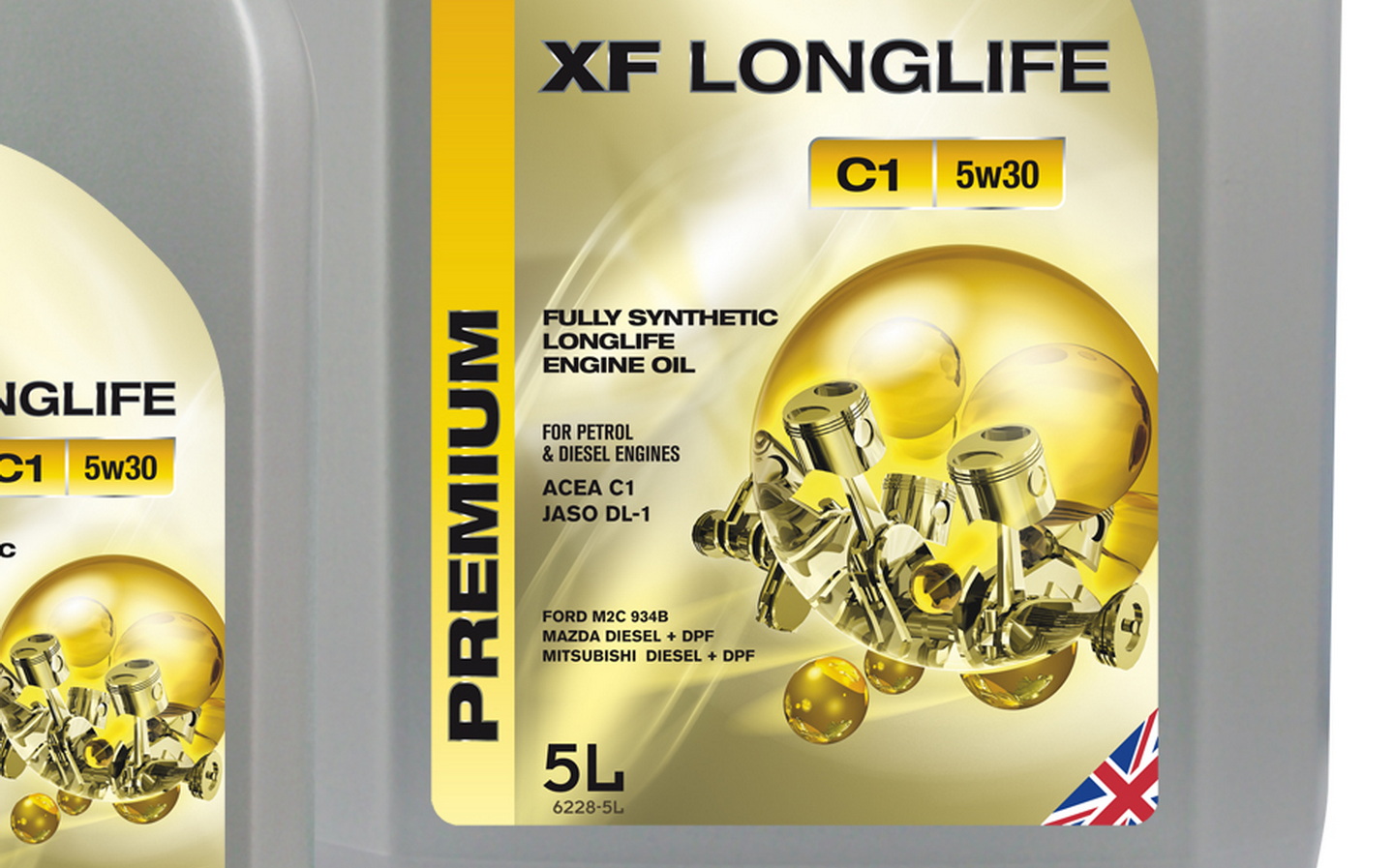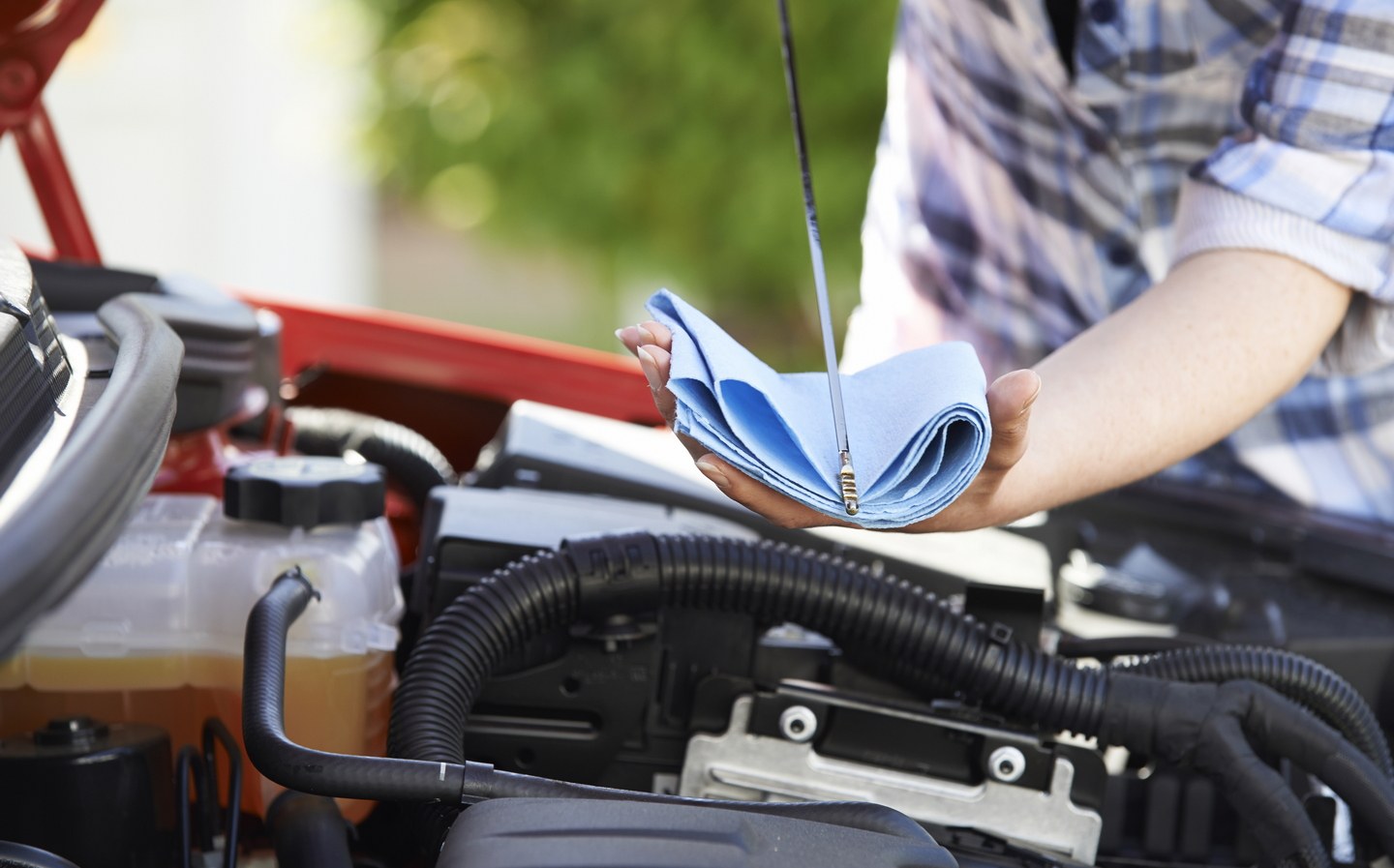What oil does my car need? Find the right type for your engine
Don’t be a dipstick when it comes to choosing the correct lubricant
CAR ENGINES produce a great deal of heat and friction, and it’s oil that keeps all the internal parts moving smoothly. Without it, an engine will seize rapidly, terminally expiring in a cloud of smoke. As such, it’s important for the health of an engine to keep the oil at the correct level.
A motorist checking their dipstick may notice that their car’s oil level is lower than it should be, and many will rush straight to their local motor factor only to be confronted with a truly bewildering array of oil types featuring incomprehensible letters and numbers.
It’s essential to choose the correct type and grade of oil for your car as, long-term, picking the wrong oil can have dire consequences for the health of your engine. While all those letters and numbers can seem daunting, it’s actually not as complicated as it first appears.

How often should I check my oil?
At least once a month. Even the healthiest engines can burn a small amount of oil, so they may need topping up from time to time. The correct oil level will usually be indicated by a mark on the dipstick.
Neglecting to check your oil can mean that problems may go unnoticed, and the first signs of trouble may be black smoke from the exhaust, a check-engine light on the dashboard, an odd smell or excess noise coming from the engine. By that stage, damage may have been done, so it pays to carry out regular checks.
How do I check my oil level?
To check your oil level, park on level ground to make sure you get an accurate reading, and make sure the engine is cool — either before switching on or 5-10 minutes after switching off.
Remove it by pulling straight up, then clean it with a tissue or rag before re-inserting it all the way. When you remove it again, you’ll be able to see the oil level on the dipstick — it should be between the two marks, no more, no less.
Replace the dipstick afterwards.
What do I do if I need oil?
The first port of call should be the owner’s handbook. If you can’t find yours, a quick phone call to a main dealer will give you the answer in seconds, though you may be able to find the answer online — Halfords has a tool to help drivers find the right oil for their car.
Most car makers will recommend a specific brand of oil, though that’s not particularly important. What is important are the numbers and letters accompanying the brand.

What do the letters and numbers mean on oil?
The main letter and number combinations to look out for are the viscosity and the ACEA codes.
Viscosity
Viscosity refers to the thickness of the oil and the type is indicated by a code such as 15W-40 or 5W-30. The first number refers to the oil’s viscosity at lower temperatures — the “W” stands for winter — while the second number refers to the oil’s thickness at elevated temperatures. It’s a bit like getting two readings for blood pressure.
Modern engines, built to higher tolerances, usually require thinner oils, so a newer car is likely to have a lower figure such as 5W-30 than, say, a classic car, which may require 20W-50 oil. Either way, your owner’s handbook — or dealer — will tell you about the correct viscosity for your car.
ACEA code
The ACEA is a European body that assesses and determines the correct types of oil for each new car, though the ratings are backwards-compatible for older models too.
Oils for petrol cars are designated with an “A” while diesel oils are often signified by the letter “B”.
Your handbook will tell you the ACEA oil rating you need for your car, which may be coded as A1, A2, B3, B4 or some other similar combination. Again, look for an oil container bearing a corresponding figure.
Some diesel engines with a diesel particulate filter will require low-SAPS (low Sulphur Ash, Phosphorus and Sulphur) oil so as not to clog up the filter. These are designated by a “C”, so your manual may specify C1 Low SAPS or C2/C3 Mid SAPS.
Other diesel engines may require oil assigned an “E” number. This doesn’t make it any more complicated. Just check that the number specified in your handbook matches what’s on the oil container in the shop. If the retailer doesn’t stock the particular oil you need, they will likely be able to order it in. Or you could buy online at somewhere like Euro Car Parts or Halfords.

What are synthetic oils?
Synthetic oils contain fewer impurities than regular mineral oil and some modern engines require it to run properly.
Semi-synthetic oils contain a mixture of synthetic oil and mineral oil. Although it tends to be more expensive, your handbook or dealer will specify whether you need it, and whether an oil is synthetic, semi-synthetic or not will be prominently displayed on oil containers in the shop.
How often should I change my oil?
Again, the owner’s handbook will give you the definitive answer on this. Most manuals will specify a service interval in either time or mileage driven. Every 12 months or 10,000 miles is usually a good guide for both servicing and oil changes, though check the handbook as the interval may be longer or shorter for your car.
What about replacing oil filters?
Oil filters help remove dirt and impurities from the oil flowing around an engine. It’s important to change the filter every time you change the oil, though it’s not required if you’re just topping up the oil levels between service intervals, at which the garage may do it for you, depending on the type of service.
Tweet to @ST_Driving Follow @ST_Driving
- If you found our guide to what oil your car needs useful, you might be interested in more articles from Driving’s Car Clinic.
- We’ve answered a number of frequently asked questions about AdBlue — does your car need it?
- We’ve also created a guide on how to repair alloy wheel damage.





